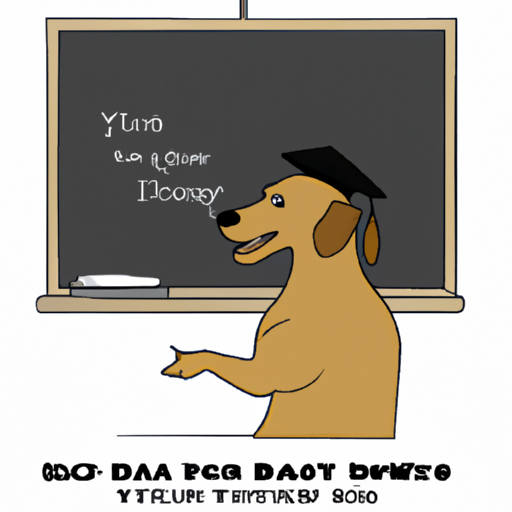Teaching your dog new tricks and commands can be both challenging and rewarding. With the right techniques and patience, it’s an educational journey that can strengthen the bond between you and your furry friend. Let’s dive into the process.
Understanding Your Dog’s Learning Process
Just like humans, every dog learns at their own pace and in their own way. It’s important to understand how your dog processes information and reacts to stimuli.
Here are some things to keep in mind:
- Dogs learn through repetition and reinforcement.
- They respond better to positive reinforcement.
- They associate your commands with actions and consequences.
By understanding these key points, you can tailor your training methods to your dog’s learning style.
How to Start Training Your Dog
Before you start training, establish a quiet, distraction-free environment. This helps your dog to focus only on you and the commands.
Here’s how to start:
- Choose a command.
- Demonstrate the action.
- Reward your dog when they perform the correct action.
Remember, patience is key. Don’t expect your dog to understand and follow the command immediately.
The Importance of Consistency
Consistency is key when training your dog. It’s crucial to use the same commands and actions every time. This helps your dog to understand what you expect from them.
Here’s a simple table to help understand:
| Command | Action | Reward |
|---|---|---|
| Sit | Sit down | Treat |
| Stay | Don’t move | Praise |
| Come | Approach you | Petting |
Dealing with Challenges
Sometimes, training can be a challenging process. But don’t worry, it’s completely normal.
- Distractions: If your dog is easily distracted, start training in a quiet place.
- Stubbornness: Some dogs are naturally stubborn. Be patient and persistent.
- Fear: If your dog is scared, reassure them with gentle petting and soothing words.
Reinforcing Good Behavior
Once your dog starts following commands, it’s important to reinforce the behavior.
- Praise them immediately and enthusiastically.
- Give them a treat or their favorite toy.
- Show physical affection like petting or hugging.
These actions tell your dog that they’ve done something good, encouraging them to repeat the behavior.
FAQ
Q: How long should training sessions be?
A: Keep training sessions short, around 10-15 minutes each.
Q: My dog isn’t responding to commands, what should I do?
A: Be patient and consistent. It takes time for dogs to learn new commands.
Q: Can I train an old dog?
A: Yes, you can! Age isn’t a barrier to learning.
Q: What kind of treats should I use for training?
A: Use small, easily digestible treats that your dog loves.
Remember, teaching your dog is a journey of love, patience, and understanding. Happy training!



